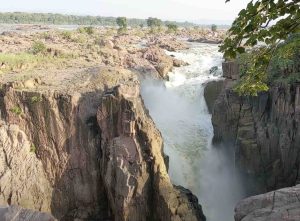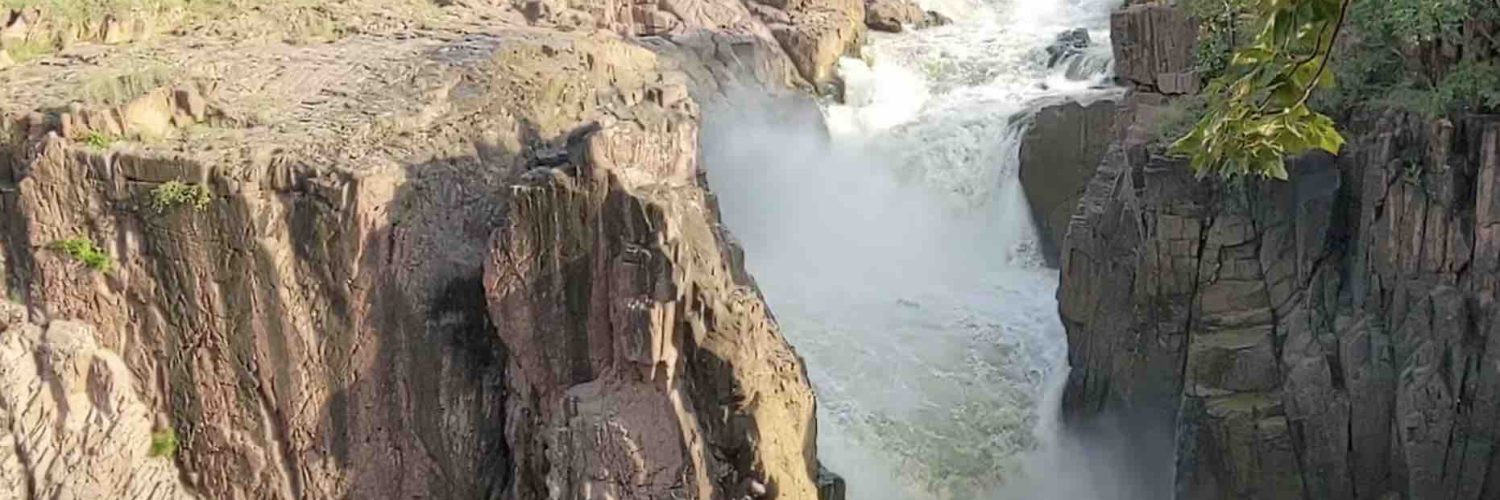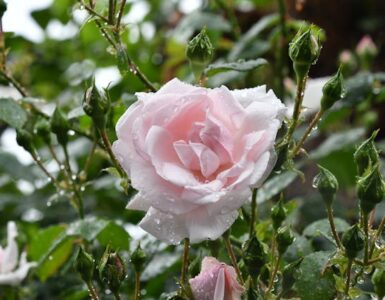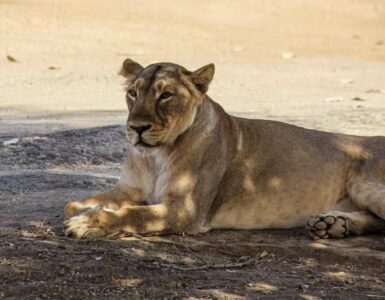Do you know that Khajuraho is not just about the beautiful man-made structures but also about some of the unique natural wonders in India?
Khajuraho is a popular destination for people who like to delve into ancient Indian history and marvel at the architectural beauty of the temples, not many would consider it a place for nature lovers.
Located in the central Indian state of Madhya Pradesh, Khajuraho is known for its exquisite temples that were established in the 9th and 10th centuries. The 25-odd temples in Khajuraho are decorated with intricately carved sculptures making them popular not just in India but all across the globe.
Without taking anything away from the man-made marvels at Khajuraho, there are many other fascinating sights in the region that are jaw-dropping and naturally beautiful. In spite of the fact that these places are so close to the temples, not many tourists visit them.
Here are five places to visit in and around Khajuraho for their natural beauty.
Ken River
The first one on the list is a river that is the lifeline of most of the region’s natural reserves.
The Ken River is a perennial river that originates in the state of Madhya Pradesh, travels northwards, and merges with River Yamuna in the state of Uttar Pradesh. Out of the total length of more than 420 km, the majority of the river passes through the state of Madhya Pradesh, nurturing the adjoining forests, wildlife, and the human population.
Panna Tiger Reserve
Adjoining the river Ken, the forest in Panna was accorded a national park in 1981 and 10 years later it was declared India’s twenty-second protected tiger reserve.
Spread across an area of 543 square kilometers, the forest is home to many animals like tigers, leopards, jackals, nilgai, chinkara, sambar, and chital, among others. Apart from animals, the green pristine Panna Tiger Reserve has many species of birds, butterflies, and reptiles, making it an ideal place for nature seekers.
Other than the wildlife, the forests also feature different types of plants and trees such as teak, Indian ash tree, mahua, tall grass, shrubs, etc.
The main gate of the reserve is 25 km from Khajuraho and to explore the tiger reserve, you can take a jeep safari, elephant safari, or even a boat safari on the River Ken. The park is closed during monsoon.
Raneh Waterfalls

Raneh Waterfalls is a series of natural waterfalls on the Ken River located 20 km away from Khajuraho. The waterfalls are one of the underrated natural wonders in India.
Years of weathering caused by the river Ken have formed a 5 km long canyon in the region and water passing through these rock shapes creates multiple waterfalls.
The geological features of Raneh waterfalls are made up of incredible rock formations of varying heights. At some points, the canyon takes a dip of around 98 feet while there are depths that extend to just 15 feet. The gushing flow of water (during monsoon and post-monsoon season) along these rocks makes Raneh Waterfall one of the unique natural sites in India.
The canyon is formed with five types of igneous rocks – granite, dolomite, jasper, quartz, and basalt. Each of these rocks provides its own different shades like pink, grey, brown, and black. The surroundings are further enhanced by trees and plants growing in the vicinity.
The falls are named after King Rane Pratap, the erstwhile ruler of the region. The authorities have laid a track and protective railing to make viewing easy for visitors. The best time to visit Raneh Waterfalls is in the months between October-December and not during peak monsoon.
Ken Gharial Sanctuary
Further, along with the flow of the Ken river where it meets another river Khudar, there is Ken Gharial Sanctuary.
The conducive environment of the forest and river provides a perfect conservation center for semi-aquatic reptiles like crocodiles and gharial (alligators).
Pandav Waterfalls
Situated in the close vicinity of Raneh waterfalls and Panna Tiger Reserve is Pandav Waterfalls. The falls are fed by a tributary of the river Ken.
The flow of the water is stronger in the monsoon and post-monsoon periods, but the perennial nature of the river ensures a continuous waterfall in all seasons.
The height of the fall is about 25 meters feet and the water fills into a heart-shaped pool. The pool of water also provides a nursery for the breeding of different kinds of fish. The plants and trees around the waterfalls provide a home to many birds, butterflies, and even bears.
The symphony that is created by the sound of the water and chirping birds in the lush green surroundings provides serenity and a mystic atmosphere for a nature lover.
The falls are named after the five Pandava brothers and their wife Draupadi from the Mahabharata. It is believed that they took refuge in this place during the exile period. As a reminiscent, there are some ancient caves located at the base of the falls. The caves also feature limestone stalagmites and stalactite formations.
Wrapping up
In nutshell, the visit to these natural wonders at Khajuraho not only provides a perfect place for photographers, wildlife, and nature enthusiasts but also for geologists and historians.
Whatever might be your reason, a visit to Khajuraho temples cannot be complete if you don’t add these natural wonders to your itinerary.
Here is a video on the Change Started YouTube channel for some visual perspective.






Add comment